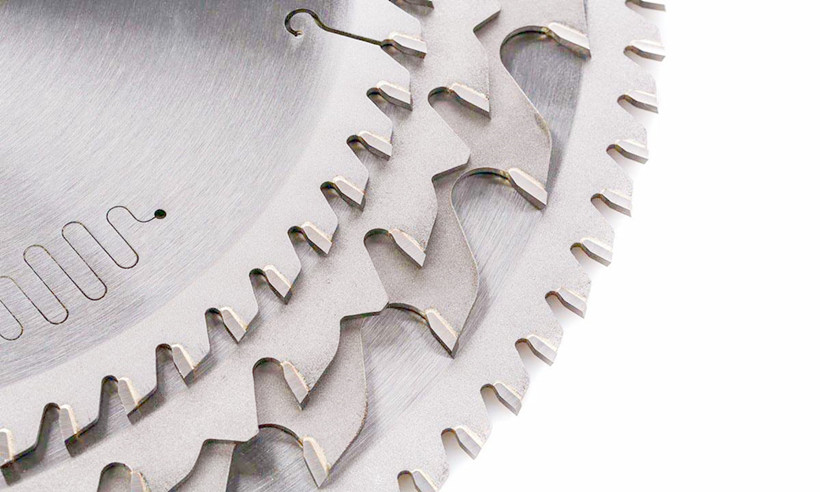The Characteristics That Determine The Function Of A Circular Saw Blade

There are so many Circular Saw Blades to choose from, blades with many teeth and blades with fewer teeth, blades with no teeth like continuous rim, blades with wide kerfs and thin kerfs, with negative rake angles and positive rake angles, and the blades all-purpose, which can really be confusing. So this article will help you to purchase the correct saw blade for your machine and the materials that you are cutting.
The characteristics that determine the function a circular saw blade are:
Number of Teeth
The number of teeth affects both cut speed and how clean the cut is. Generally, blades with more teeth will provide a smoother, finer cut whereas blades with fewer teeth will provide a rougher cut. The benefit of fewer teeth is faster cutting and a lower price. Larger blades can have more overall teeth but the same teeth per inch (TPI). For most construction work, fewer teeth general use blade is sufficient. That blade is very aggressive and will help you rip and cross-cut lumber and sheet goods quickly and with a high degree of accuracy. Keep that in mind that a more refined thin kerf finishing blade will be more appropriate when cutting hardwood and trim in scenarios where you want a much cleaner edge.In general, the higher the tooth count (per blade diameter) the smoother the cut will be. It also means, the saw will need to exert more force, and the cut will be slower on average.
Gullet Size
The gullet is the space between the teeth, the size and depth of which determine how much waste material is cleared out as the blade spins. It is obviously see that the gullet size affects a blade’s ability to “clean out” debris.
Hook Angle
Positive hook angles cut more aggressively.Hook is the position of the tooth as it contacts the cutting surface. A positive angle points down toward the wood’s surface aggressively removing waste material, resulting in a faster but rougher cut. Positive hook angles can cause what’s known as a climb cut or self-feeding because it pulls the material in. There are applications – like metal cutting – where a positive hook can be very dangerous. Negative hook cut less aggressively and don’t self-feed which creates a smoother finish, but they also cut won’t cut as quickly or remove as much waste. Teeth geometry of Donglai Metal saw blades has been tested and adjusted countless times to give perfect angle whether cutting wood or metal.
Bevel Angle
Bevel angle is the angle of the tooth across or perpendicular to the blade’s spin. The higher the bevel angle, the cleaner and smoother the cut. Some blades have very high bevel angles for cutting composite material such as melamine or other materials with thin veneers that are prone to tear out/chipping as the tooth exits the material. Bevels can be flat (no angle), alternating, high alternating, or some other configuration that depending on your cutting requirements, we can customize different types.
Kerf
Kerf is the width of the tooth at its widest point and therefore the width of the cut. Thinner kerf produced less resistance in the cut and so was better-suited for less powerful job site or portable saws. The trade-off, however, was that thinner blades vibrated or wobbled and resulted in cuts that revealed that blade movement. These blades had particular trouble in hardwood cuts. Donglai Metal designed various tooth geometries and vibration reduction technologies used in the thinner saw blades to ensure stable and fine cutting.
In your cutting industrial, if you need further advice of circular saw blades, we are welcome a email (info@donglaimetal.com) away and we are happy to help.















